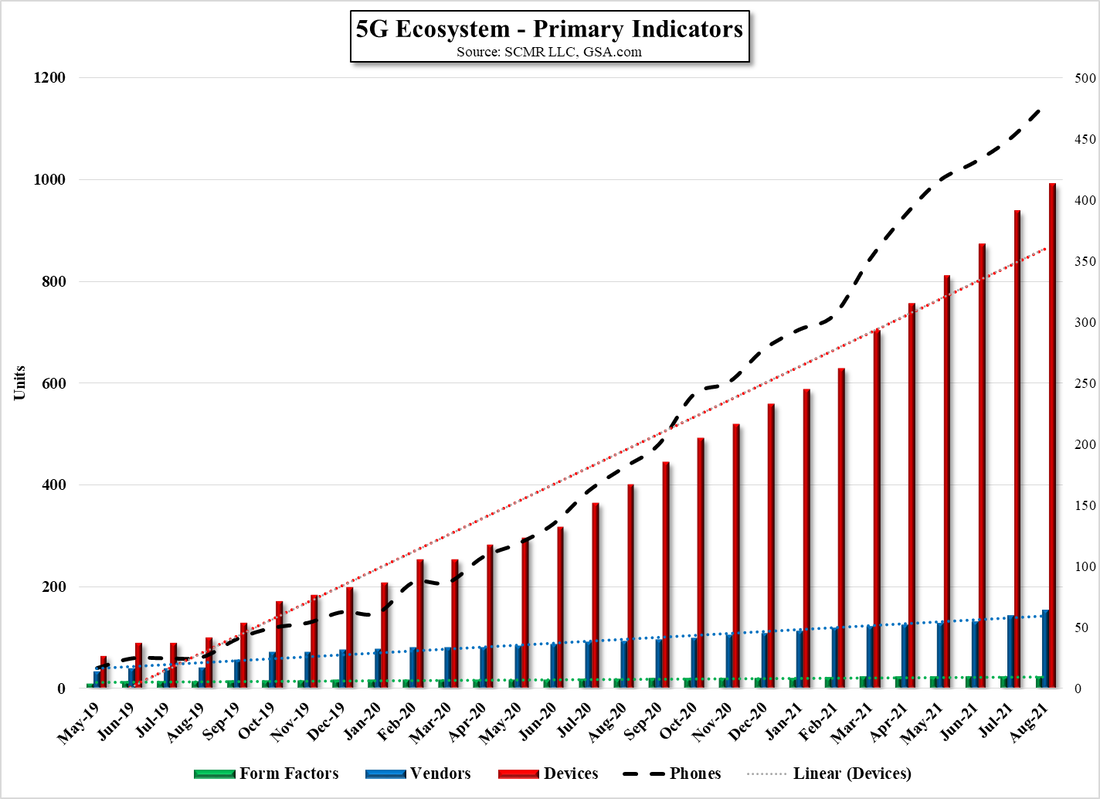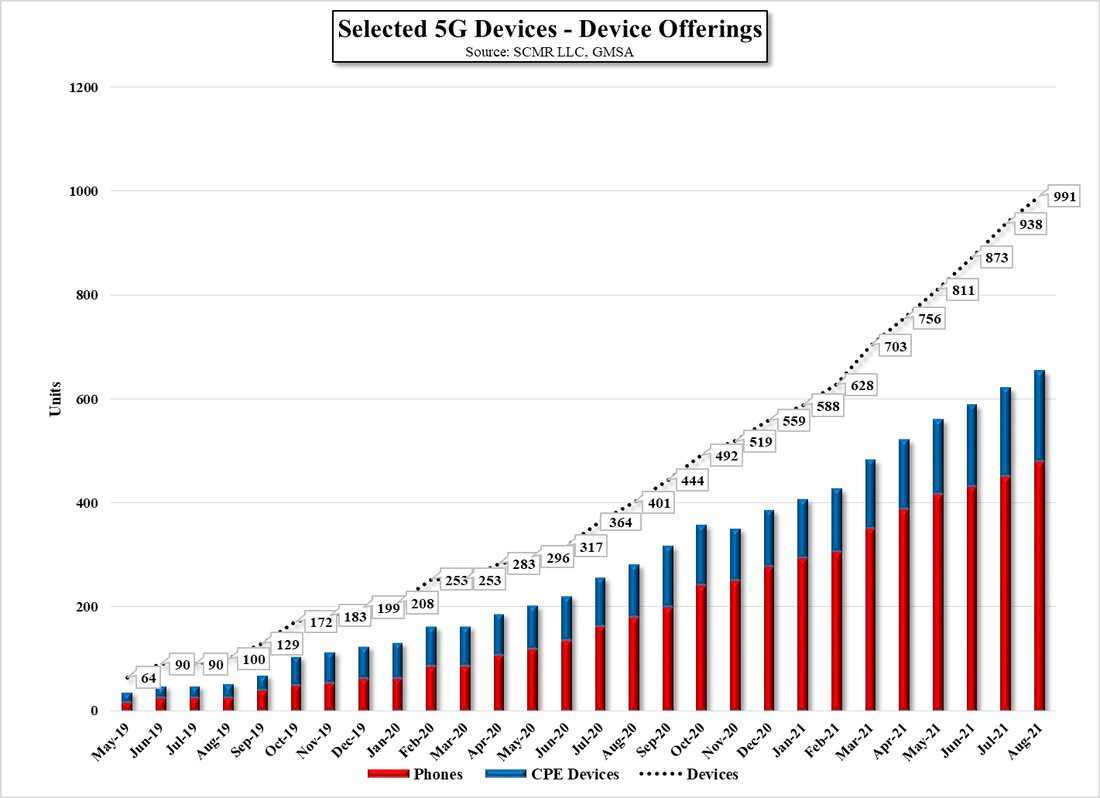What is MIMO and Massive MIMO?
5G has brought buzzwords like MIMO and Beam-Forming to the forefront, and while they have a variety of meanings according to those in the industry and can be used to denote some rather broad technical systems, , investors should known at least the basics to better understand the ins and outs of 5G and digital communication. 2G systems were typically based on TDM (Time Division Multiplexing) where two data or voice streams were sent over one channel by separating each conversation into ‘chunks’ that are sent over the channel in alternating sequence, essentially taking turns, with a synchronization channel making sure the receiver puts them back correctly. 3G is based on spread spectrum technology, where the data is broken into ‘chunks’, with the chunks being spread across frequencies rather than by time, and reassembled by the receiver, making them less susceptible to interference.
4G uses OFDM (Orthogonal frequency division multiplexing) that encodes the data on a number of carrier streams at different frequencies that carry the data in parallel streams. They are reassembled at the receiver using sophisticated algorithms and help to diminish what is called multipath interference, where some data ‘chunks’ that make up a signal take a slightly different path than others, due to atmospheric issues or other reflective surfaces, and reach the receiver at different times. 5G is a similar technology that uses higher frequencies that allow greater bandwidth.
As these technologies developed commercially, antennas, which were typically a device able to receive a broad spectrum of signals, such as those described above. By expanding the number of antennae and focusing each on more specific frequencies, the accuracy of transmission is increased, and the ability of retransmission (tower to tower) is also increased, closer to a mesh system where all points would talk to all other points. MIMO stands for Multiple In Multiple Out on a general basis, and was an outgrowth of the evolution from 2G’s 1T1R (One transmitter, One Receiver) set-up that eventually became 2T2R and now 4T4R, describing the number of transmitting and receiving antennas used in base stations. Wireless LANs use MIMO, which allows for more data streams and therefore faster throughput and some smartphones have moved from 1x1 (one sending antenna and one receiving antenna) to 2x2, with an increasing number of high-end smartphones now including 4x4 MIMO internal systems, which should give them a transmission speed advantage over less sophisticated smartphones as long as the carrier is using MIMO.
As can be seen in Figure 4, the latest configuration takes MIMO one step further adding multiple antennae configurations that multiply the ability of such systems to give data multiple receiving points to accept data, giving such systems a better chance that the data ‘chunks’ will arrive intact at at least one of the multiple receiving antennae before being reassembled. This coupled with the increased bandwidth, speed, and lower latency of 5G continue to improve voice and data transmission and work toward a migration toward higher 5G frequencies such as those used for mmWave. As mmWave signals are more subject to distance and blockage issues, the use of MMIMO helps to create multiple paths for transmission over such systems and will bebefit users as the technology develops further.
There is a cost to pushing MMIMO down to the mobile level, and that is the increased cost of multiple antennae systems and the physical space they take up in smartphones, which are extremely space constrained. That said, as the trend toward multiple cameras slows, freeing up valuable internal real estate MIMO phones will migrate further down the smartphone value chain and costs will decline, the trade-off being one less camera, that is rarely used, against faster and more reliable communication, which is what smartphones are supposed to be all about…


















 RSS Feed
RSS Feed